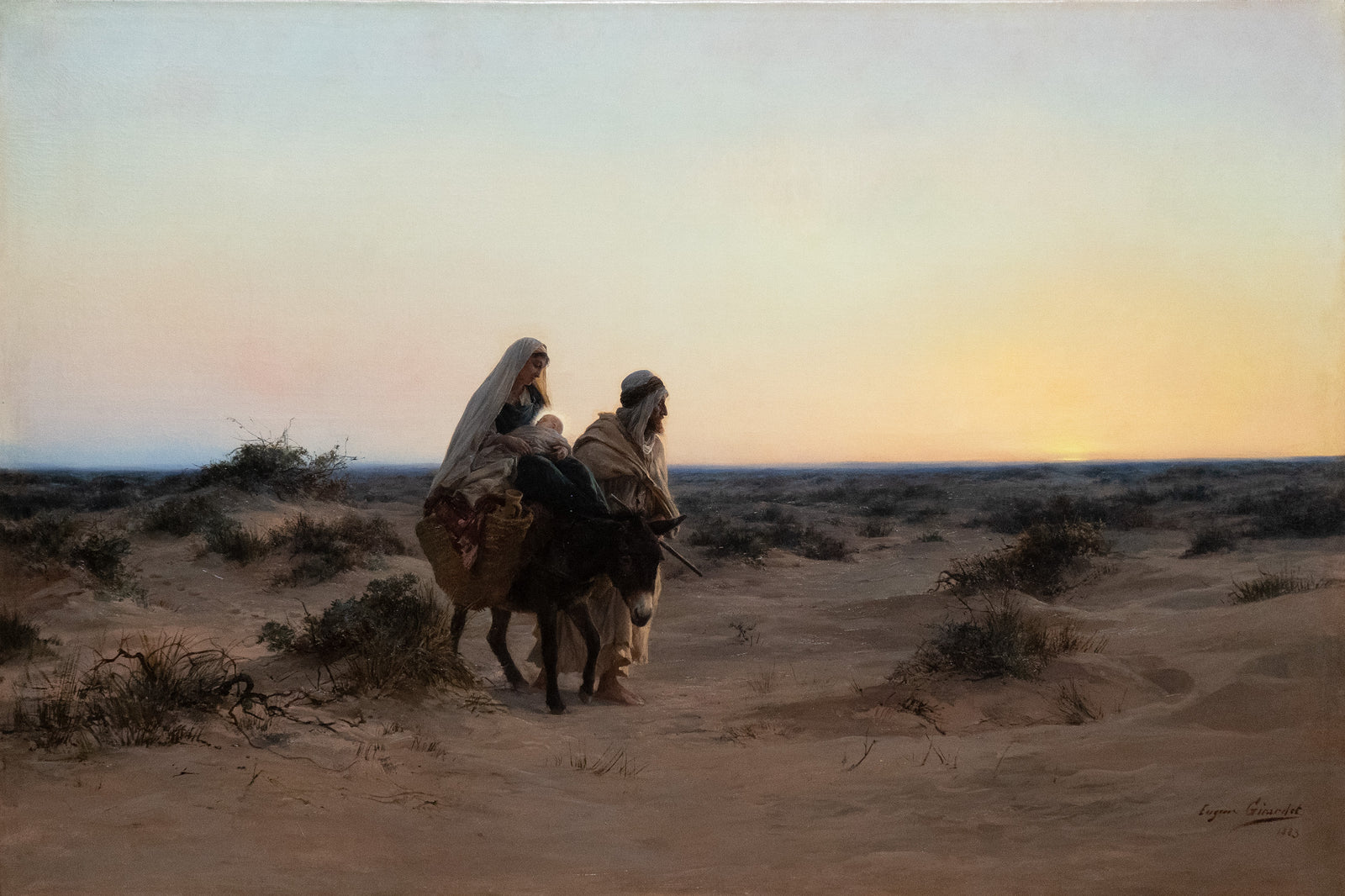Eugene Alexis Girardet (French, 1853-1907)

Eugene Alexis Girardet (French, 1853-1907)
Eugene Alexis Girardet hailed from a Swiss Huguenot family, with an artist father, Paul Girardet, and artistic siblings. After learning engraving from his father, he studied at École des Beaux-arts and under Jean-Léon Gérôme, who inspired a trip to North Africa in 1874. He later explored Spain and embarked on eight journeys to Algeria, often with his brothers, focusing on regions like Biskra, El Kantara, and Bou Saâda. He collaborated with Étienne Dinet and depicted desert nomads in Egypt and Palestine during his 1898 visit. Unlike his peers, he avoided harem themes. Returning to France, he taught at Académie Julian and exhibited widely, including at the Salon and Société des Peintres Orientalistes Français. His acclaim includes a gold medal at the 1900 Exposition Universelle and recognition at the 1906 Exposition Coloniale de Marseille. His works are displayed in various museums in Switzerland; French, Algiers' National Museum of Fine Arts; the Musée d'Orsay, Paris France; the Dahesh Museum of Art, New York City; and The Manhattan New York Temple of the Church of Jesus Christ of Latter-day Saints.



